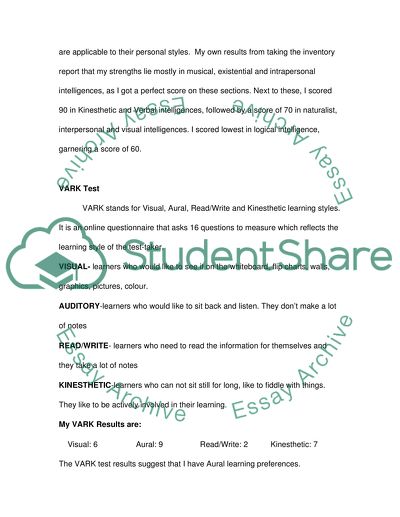Cite this document
(“MANAGING PROFESSIONAL DEVELOPMENT Essay Example | Topics and Well Written Essays - 2500 words”, n.d.)
Retrieved from https://studentshare.org/environmental-studies/1405259-managing-professional-development
Retrieved from https://studentshare.org/environmental-studies/1405259-managing-professional-development
(MANAGING PROFESSIONAL DEVELOPMENT Essay Example | Topics and Well Written Essays - 2500 Words)
https://studentshare.org/environmental-studies/1405259-managing-professional-development.
https://studentshare.org/environmental-studies/1405259-managing-professional-development.
“MANAGING PROFESSIONAL DEVELOPMENT Essay Example | Topics and Well Written Essays - 2500 Words”, n.d. https://studentshare.org/environmental-studies/1405259-managing-professional-development.


